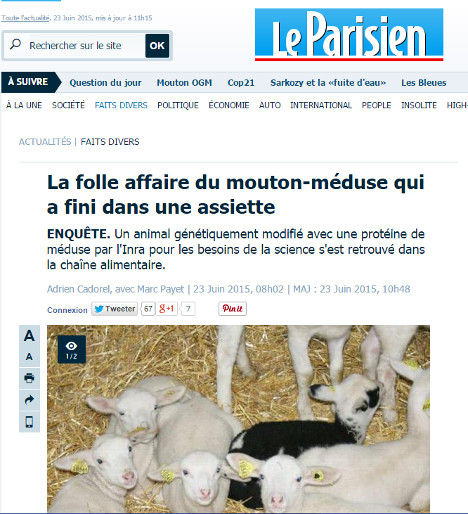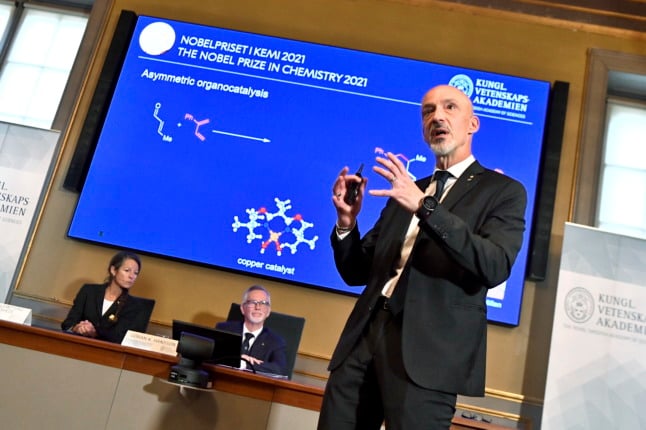French authorities are looking into how a lamb genetically modified with jellyfish protein was sold as meat to an unknown
customer and almost certainly eaten.
According to a report in Le Parisien newspaper, the lamb — named “Ruby”(Rubis in French) — was genetically altered with a jellyfish protein known as GFP (Green Fluorescent Protein) that gives the animal a fluorescent colour.
The protein alters the appearance of the animal's skin to make it transparent.
Ruby was born for research purposes but last autumn she was mistakenly carted off to the abattoir along with other animals destined for consumption.
The meat was put on sale as normal and purchased by an individual consumer in Ile-de-France, whose identity has not been revealed.
Therefor the likelihood is that the meat from the animal was eaten, but it is unclear by whom or how many people.
Ruby “found itself on a plate! Who ate it? No one knows,” exclaimed Le Parisien on Tuesday.

“A female lamb born to a sheep that was genetically modified as part of a medical research programme was sold to a person in the Parisian region in October 2014,” said the National Institute for Agricultural Research in a statement, confirming a story first reported by Le Parisien newspaper.
“Although this ovine does not present any risk to humans or the environment, the institute has just informed local prosecutors about this breach of environmental regulations,” it added.
The case has been taken up by a public health court in Paris, a judicial source told AFP. INRA suspects the sale of the lamb may have been a malicious act on the part of two employees.
The lamb was part of the “Green Sheep” programme set up in 2009 in one of INRA’s research centres, aimed at carrying out experiments on mammals for “therapeutic research”.
Le Parisien states the jellyfish protein was introduced to allow researchers to “visualize and study heart transplants” thanks to the transparent nature of the skin.
Ruby was one of several lambs born to the mother Emeraude which was originally genetically modified with the jellyfish protein.
France remains one of the staunchest opponents of GM research, ever since environmental protesters pressured the government into banning GM crops in the 2000s.
The European Union authorised the import and sale of 19 GM crops in April, but is likely to pass legislation allowing individual countries to block their use — in part thanks to demands from France.


 Please whitelist us to continue reading.
Please whitelist us to continue reading.
Member comments